10 Most Developed Indian Village
Villages play a very important role in the development of the country. That is why we have listed the top 10 most developed villages in India for 2017. Although most of the villages in our country are not enough facilities fortunately there are some villages which have made progress with the help and guidance of some citizens. In this list of the top 10 most developed villages in India, we have tried to come up with names that are unique and different from others. There is prosperity in these villages and they are also at the forefront of development. Each of the villages below is popular for one reason or another. You will also be surprised to know that some of these are also famous tourist places and attractions and some of them are regularly searched on the Internet around the world.
India is truly a land of villages. And nowadays, rural India is at the core of various development schemes turning them into dream destinations of even city dwellers. Among about 6.5 Lacs villages, many are highly developed and are way ahead of towns in terms of basic amenities and infrastructure. Since rural development has become one of the key parameters of the country’s growth and affluence, stakeholders are also doing it all to bring development to these villages. They understand that the country cannot touch the high point of development if rural India is overlooked. Here, a few of the most developed villages in India have been listed. These unique villages show what local bodies can achieve by working in cooperation with people towards a great goal. These places are packed with wonderful stories of hard work, dedication, and vision. A big part of India resides in these villages working ceaselessly towards India’s overall progress.
Qila Raipur, Punjab

Qila Raipur (also spelled as Kila Raipur) is a noted village of Ludhiana district in Punjab, India, as it hosts the annual Qila Raipur Sports Festival, known as the Rural Olympics. The events played often demonstrate the physical strength and valor of the Punjabi men and women.
Read More About Qila Raipur, Punjab / Source
Dharnai, Bihar
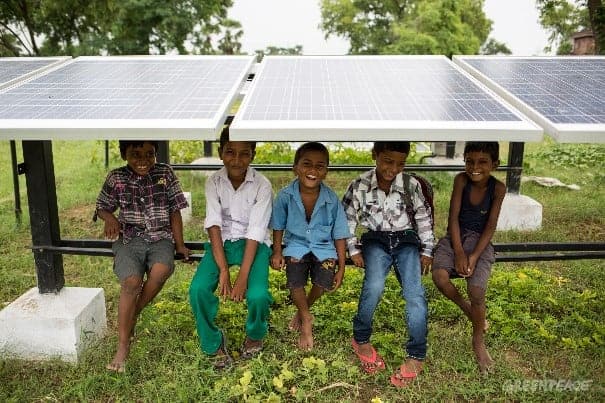
On July 20, 2014, Greenpeace India set up 100 kW solar-based microgrid in Dharnai, Bihar costing 3 crores, that was supposed to provide 24×7 electricity to 450 homes and 50 commercial operations but never did.
The story of Dharnai has also impressed Bihar CM Nitish Kumar. However, this is insignificant Compared to massive initiatives by state governments of Gujarat, Rajasthan and MP which generate bulk of 3000 MW of solar power.
According to Kamal Kishore, a resident of Dharnai, this helped village get over kerosene lamps and solved their energy crisis. The micro-grid is being co-operated by two other organizations BASIX and Centre for Environment and Energy Development (CEED).
India has an installed energy capacity of 211 GW while its peak energy demand is said to rise to 335 GW by the end of the 12th Five Year Plan (2012–2017), to meet this demand the government will have to install within the next four years, twice the capacity it has been able to install in the last 60 years. Samit Aich, Executive Director of Greenpeace India claimed that nuclear/thermal power plants will not be able to reach small villages like Dharnai. However the claim is disputable as in states like Gujarat every village has been reached on existing grid.[28] Naveen Mishra of CEED has also urged the Bihar government to recognize the potential of the decentralised renewable energy systems (DRES) and replicate the Dharnai model across other dark villages of Bihar.
Many of Dharnai villagers however were unimpressed and demanded “real electricity” and connection with real grid rather than the micro-grid. Dharnai had gone off-grid in 1981 at height of Maoist violence when village transformer burnt and cables connecting to grid were stolen. One of the concerns on relying solely on solar power is reliability on “non-Sun” days where only 10-25% power is produced. Several states in India like Gujarat, Rajasthan, MP have instead used large solar plants feeding into the common integrated grid along with nuclear and thermal power plants.
Read More About Dharnai, Bihar / Source
Kokrebellur, Karnataka
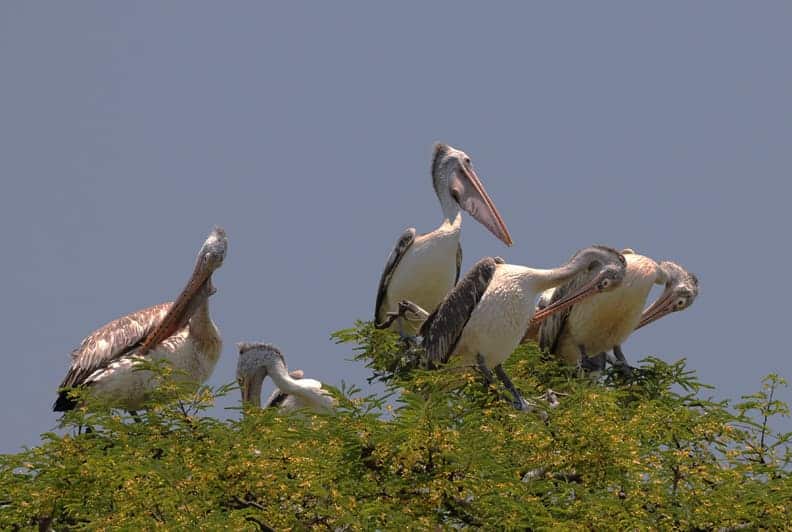
Kokkarebellur, usually shortened by the colloquial usage to Kokrebellur is a village in Maddur taluk of Mandya district of Karnataka, India. The village is named after the painted stork (Mycteria leucocephala), which is called “kokkare” in the native Kannada language. This bird nests here in large numbers every year. The village is situated near Maddur between the cities of Mysore and Bangalore. Apart from painted storks, spot-billed pelicans are also found here in large numbers. Both are classified to be near threatened in the IUCN Red List. The village is one of the 21 breeding sites of those birds in India.The uniqueness of Kokkarebellur lies in the long-established bond between the spot-billed pelicans and the villagers who have adopted this bird as their local heritage, since they consider the birds as harbingers of good luck and prosperity to the village. The commercial benefits derived by the villagers from these birds include the phosphorus- and potassium-rich manure obtained from the bird droppings (also known as guano). Over the years, the story of this unique relationship between the villagers and the migratory birds has attracted many tourists to the village.
Read More About Kokrebellur, Karnataka / Source
Khonoma, Nagaland
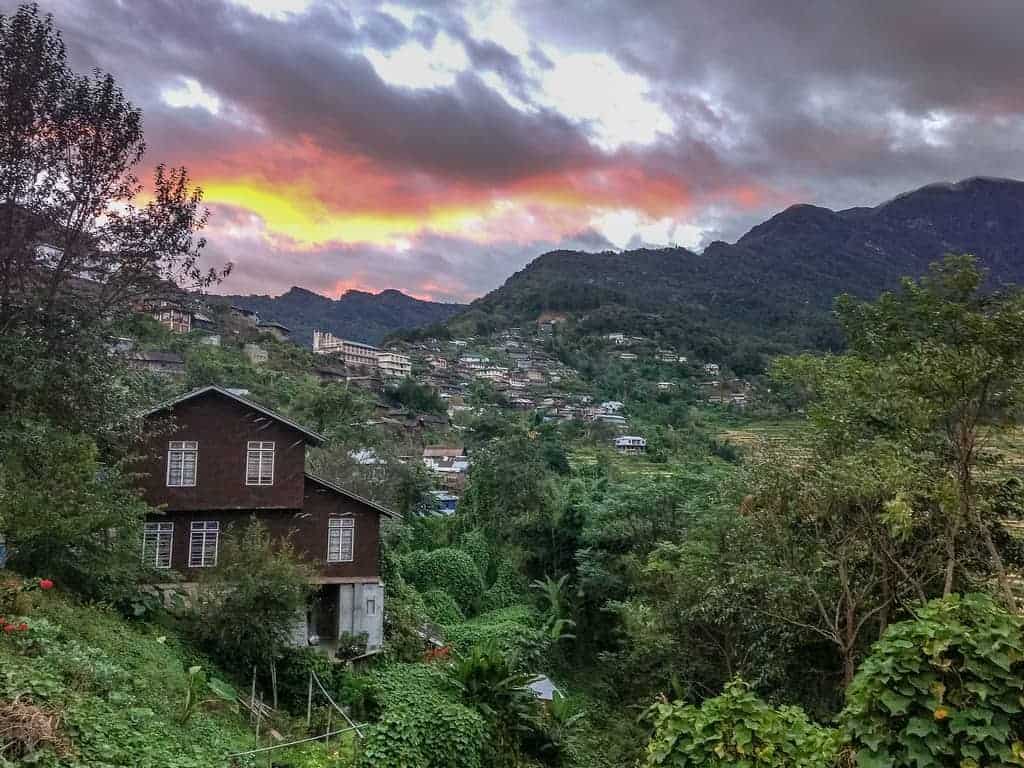
Khonoma is an Angami Naga village located about 20 km west from the state capital, Kohima.
The village is referred to as Khwuno-ra (named after the Angami term for a local plant, Glouthera fragrantisima). The total population of the village is about 1943, settled in 424 households. It is the first green village in India.
Read More About Khonoma, Nagaland / Source
Chhapar, Haryana

Chhapar is a small village in Jhajjar district in the state of Haryana, India. It is 32 kilometres (20 mi) from Jhajjar, which is both the District & Sub-District headquarters. It is 88 kilometres (55 mi) from New Delhi and 7 kilometres (4.3 mi) from National Highway 71 on the road from Kulana to Kosli.
It had a population of 2,878 among 567 households.
There is a temple of Shri Baba Ganga Das in Chhapar.
Read More About Chhapar, Haryana / Source
Punsari, Gujarat
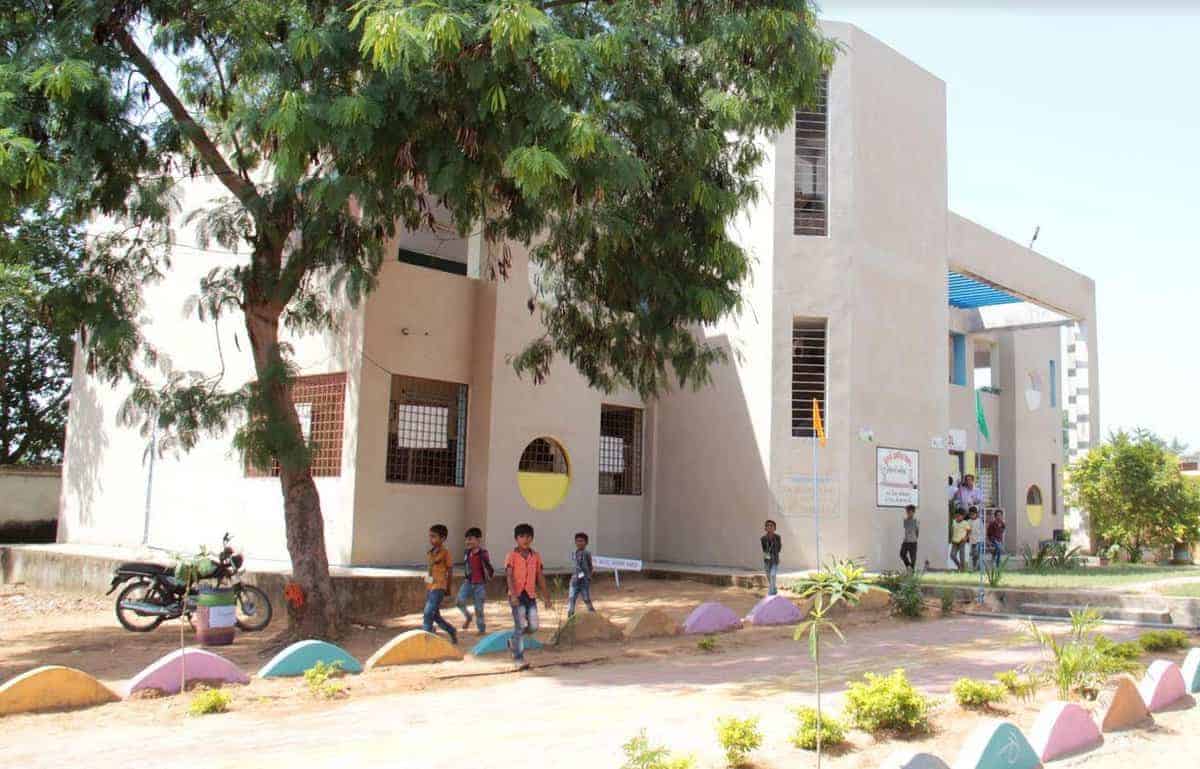
Punsari is a village located in Sabarkantha district in the state of Gujarat, India. Punsari is considered as India’s smartest village. The village is located at about 80km from the state capital, Gandhinagar. Punsari is 20km from Parvati Hills. Parvati Hills is the largest table top land of India. The village follows the Panchayati raj system. The village extent is about 65 km . The land in use of agriculture is 6 hectares . The main non farming activity is dairy in this village . The village has undergone a transformation under the panchayat. There has been use of new and advanced technology in education. This village has wi-fi connection for all people. Efforts have been made for the empowerment of women and increasing security in the village. Some of the facilities provided by the panchayat include local mineral water supply, sewer & drainage project, a healthcare centre, banking facilities and toll-free complaint reception service. Consequently, Punsari received the award of being the best Gram Panchayat in Gujarat. The village’s model has been appreciated by delegates from Nairobi and they are keen to replicate this in Kenyan villages.
Read More About Punsari, Gujarat / Source
Pothanikkad, Kerala
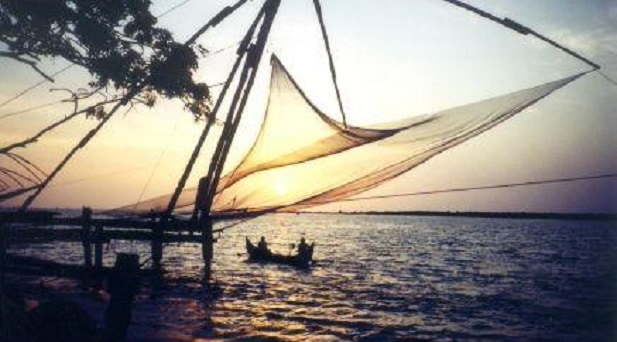
Pothanikkad or Pothanicad is a village in Ernakulam district in the Indian state of Kerala.
It’s also the first village to achieve 100% literacy in India.
The name derives from the Malayalam words poth, meaning buffalo, anaa, meaning elephant, and kaddu, meaning forest, as it was originally a forest with wild buffalos and elephants. Now, this small village has developed into one of the most educated and culturally advanced villages in Kerala. St. Mary’s High School is the oldest high school in Pothanicad, where very prominent people in the society and many local politicians have been educated. St. John’s Higher Secondary school Pulinthanam is a pioneering educational institution in the village. A government Lower Primary school and two other private Senior Secondary High schools, following CBSE curriculum, also provides better educational opportunities for the young community.
Pothanikkad is 16 km away from Thommankuthu Water Falls[1], the nearest tourist location and approximately 22 km from well known Thattekad Bird Sanctuary near Kothamangalam. It is also known for churches like Pothanicad St. Mary’s Jacobite Syrian Church, Ummanikkunnu St. Mary’s Orthodox Syrian Church and St Xavier’s Catholic Church. The village is also known for the festival of ‘ilaneerattam’ hosted by the Thrikkeppadi Sri Mahadev Temple.
Prominent Indian industrialist C J George hails from Pothanikkad.
Read More About Pothanikkad, Kerala / Source
Malana, Himanchal Pradesh
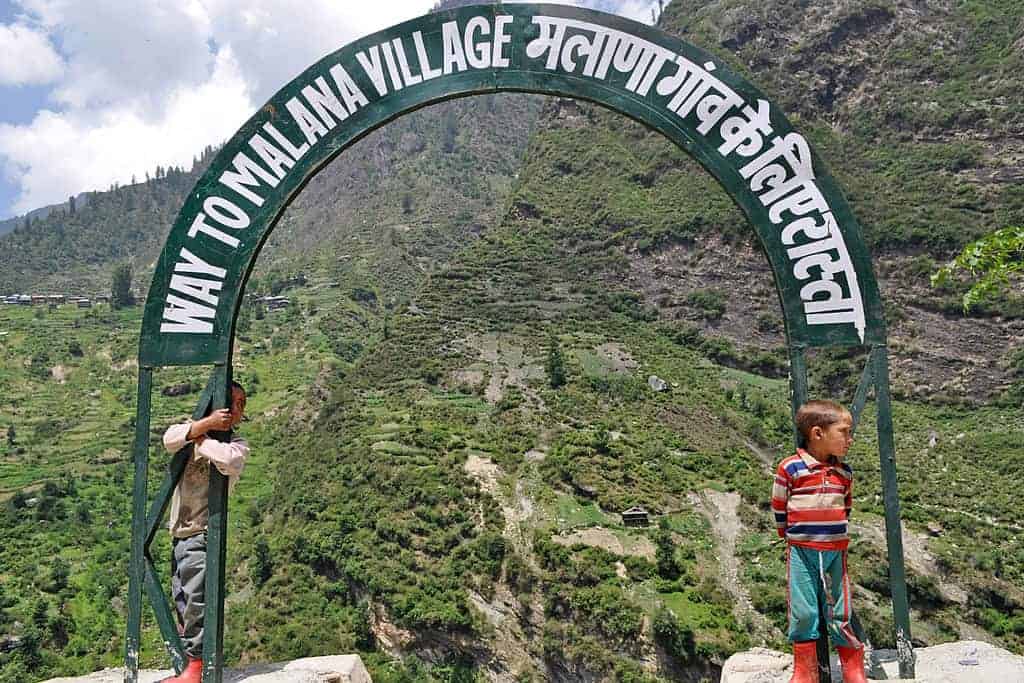
Malana is an ancient Indian village in the state of Himachal Pradesh. This solitary village in the Malana Nala, a side valley of the Parvati Valley to the north-east of Kullu Valley, is isolated from the rest of the world. The peaks of Chanderkhani and Deo Tibba shadow the village. It is situated on a remote plateau by the side of the torrential Malana river, at a height of 2,652 metres (8,701 ft) above sea level. Malana has its own lifestyle and social structure and people are strict in following their customs. Malana has been the subject of various documentaries, including Malana: Globalization of a Himalayan Village, and Malana, A Lost Identity. The existing speakers of the autochthonous language Kanashi, the traditional language of the inhabitants of Malana, number approximately 1700. According to the 1961 census, the language speakers were then 563, but today the population of Malana is at least three times as large as 40 years ago. The most common route to the village is by taxi or bus from Jhari. One stop prior to Malana. Roads till Malana Village trekking gate are developed.
Read More About Malana, Himanchal Pradesh / Source
Kathewadi, Maharashtra

Kathwadi Art of Living Model Village is located in Nanded, Maharashtra. The people of this village have completely abandoned the consumption of alcohol. Thank you to the Art of Living Foundation for adopting this village. It has now transformed into a model of village life.
Read More About Kathewadi, Maharashtra / Source
Mawlynnong, Meghalaya

Mawlynnong is a village in the East Khasi Hills district of the Meghalaya state in North East India. It is notable for its cleanliness.It comes under the Pynursla community development block and Vidhan Sabha (legislative assembly) constituency.
As of 2014, there are about 95 households in Mawlynnong. The literacy rate is 90%. Agriculture is the chief occupation of the local population, with betel nut being the main crop. During summers, one can find pineapples and lychees which are then exported to the nearby regions as well. The people residing in the community are Khasi people.
Read More About Mawlynnong, Meghalaya / Source
